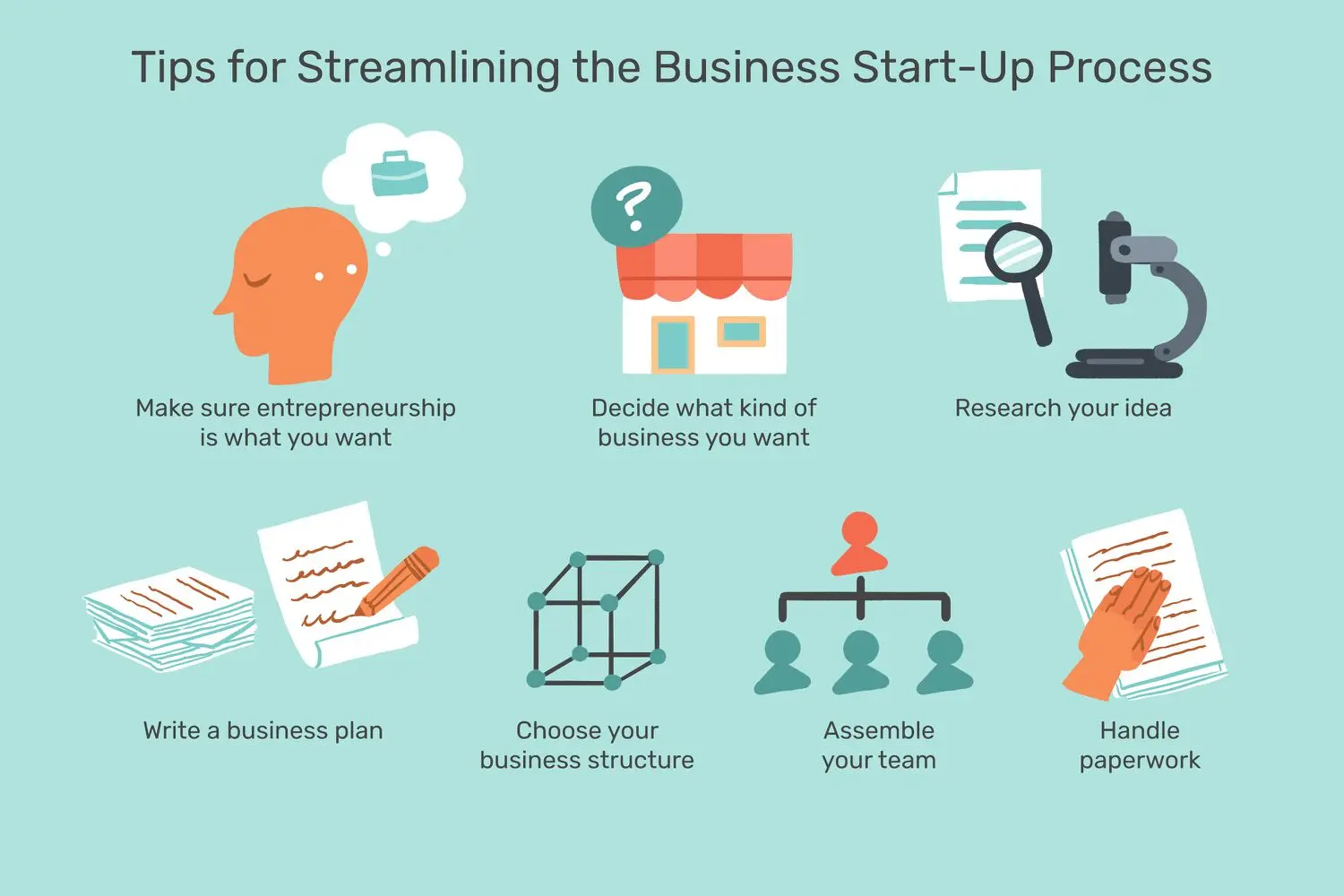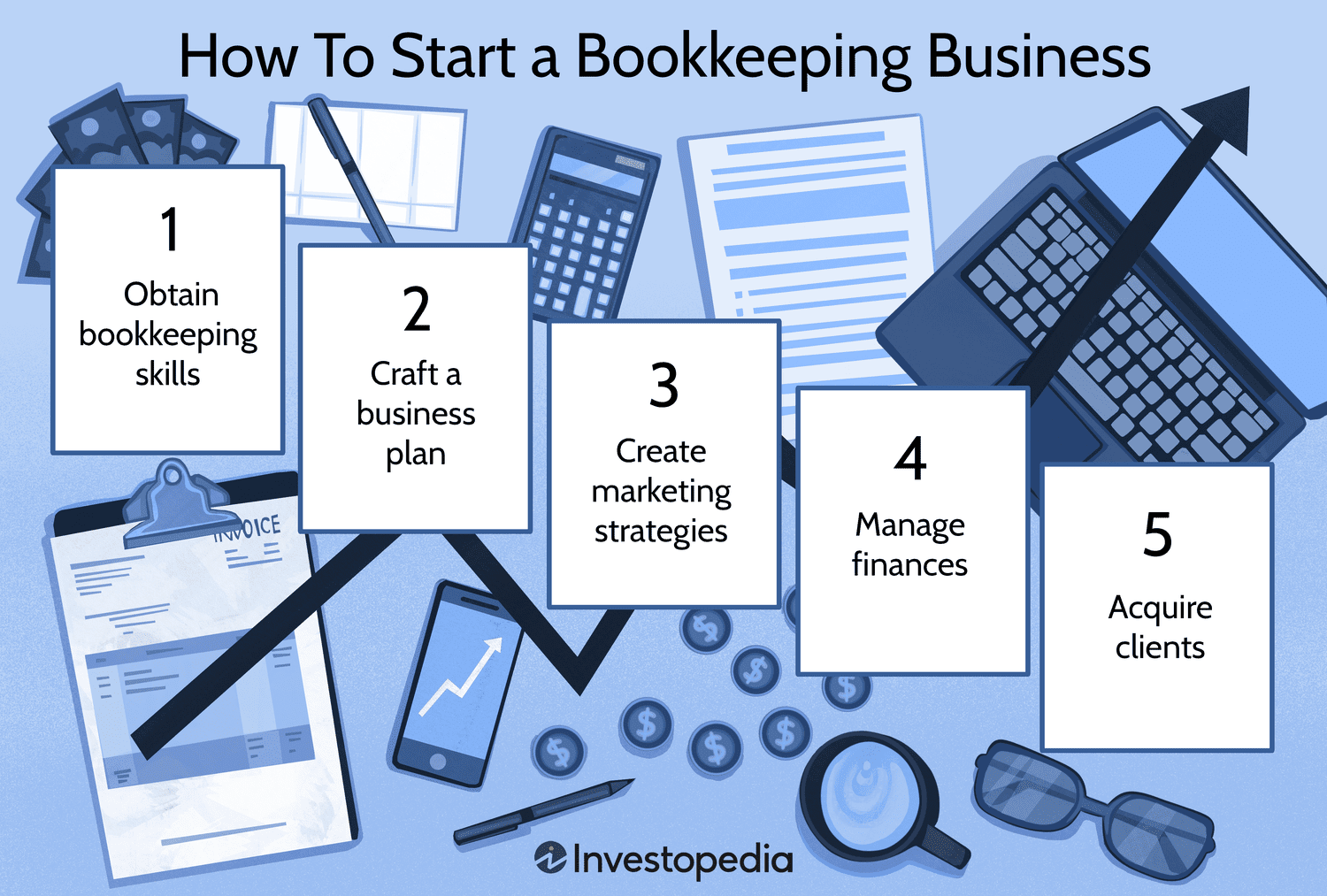How to Implement Industrial Automation in Your Business: A Step-by-Step Guide
In today's fast-paced manufacturing world, industrial automation is becoming a key factor in improving efficiency, reducing operational costs, and enhancing product quality. Implementing automation in your business can help streamline processes, minimize human error, and increase production capacity. However, adopting industrial automation requires careful planning, investment, and execution. In this step-by-step guide, we will walk you through the process of implementing industrial automation in your business in 2025, helping you understand how it can transform your operations. ⚙️💡
Step 1: Identify Automation Opportunities 🤖
The first step in implementing industrial automation is to identify which areas of your business could benefit the most from automation. This includes examining repetitive tasks, labor-intensive processes, or operations that are prone to human error. Automating these tasks will not only improve efficiency but also free up your workforce to focus on more complex tasks.
| Area of Business | Potential for Automation | Benefits |
|---|---|---|
| Assembly Line | High potential for automation | Increased speed and consistency |
| Inventory Management | Moderate to high potential | Improved stock management |
| Quality Control | High potential for automation | Better consistency and precision |
| Packaging and Sorting | High potential for automation | Reduced labor costs |
Automation opportunities can vary depending on your industry. Identifying and prioritizing these opportunities will set a clear direction for your automation journey.
Step 2: Research Automation Technologies 🔍
Once you’ve identified the areas for automation, it’s time to research the automation technologies available. From robotic process automation (RPA) to advanced sensors, there are numerous solutions that can be tailored to your needs. Depending on your business requirements, you can opt for robotic arms, conveyor systems, or automated software solutions for data processing.
| Technology | Best For | Benefits |
|---|---|---|
| Robotic Process Automation (RPA) | Administrative and repetitive tasks | Reduced human error, increased productivity |
| Collaborative Robots (Cobots) | Assembly lines, material handling | Flexibility, ease of integration |
| Automated Guided Vehicles (AGVs) | Transportation of materials within factory | Increased material handling efficiency |
| IoT Sensors | Monitoring machine performance and quality | Real-time data collection, predictive maintenance |
Choosing the right automation technologies involves understanding the needs of your business and selecting solutions that can integrate seamlessly into your operations.
Step 3: Evaluate Costs and Return on Investment (ROI) 💰
Implementing industrial automation can be a significant investment. It’s essential to evaluate the costs and calculate the potential return on investment (ROI). This includes not only the cost of purchasing and installing automation systems but also the ongoing maintenance and training costs.
| Cost Factors | Estimated Cost Range | Expected ROI |
|---|---|---|
| Automation Equipment | $10,000 to $500,000 depending on scope | Long-term cost reduction, increased efficiency |
| Training and Support | $1,000 to $50,000 depending on the system | Better employee productivity, reduced errors |
| Maintenance | $5,000 to $50,000 annually | Reduced downtime, longer equipment lifespan |
Consider the long-term benefits of automation, such as reduced operational costs, improved product quality, and increased throughput, which will lead to a positive ROI over time.
Step 4: Choose the Right Automation Partner 👥
Choosing the right automation partner is critical to the success of your implementation. Look for companies with a proven track record, industry expertise, and the ability to customize solutions according to your business needs. Your partner will play an essential role in guiding you through the planning, installation, and training phases.
| Criteria | Why It’s Important |
|---|---|
| Industry Experience | Ensures the vendor understands your specific needs |
| Customization Capabilities | Tailors automation to your operations and goals |
| Customer Support and Training | Provides the necessary training and post-installation support |
Choosing the right partner will ensure a smoother automation process and a better long-term relationship as your business evolves.
Step 5: Implement and Integrate Automation Systems 🔧
After selecting your technology and partner, it’s time to implement and integrate the automation systems into your operations. This phase may involve setting up robotic systems, integrating software, or installing sensors throughout your facility. It’s important to have a clear plan in place to minimize disruptions during the transition.
| Implementation Task | Key Considerations |
|---|---|
| System Installation | Minimize downtime, conduct thorough testing |
| Integration with Existing Systems | Ensure compatibility with ERP, CRM, or SCM systems |
| Employee Training | Train employees on new systems, troubleshooting |
Proper implementation is key to ensuring the automation systems work seamlessly with your existing operations and processes.
Step 6: Monitor, Optimize, and Scale 📈
Once the automation systems are live, continuous monitoring and optimization are necessary to ensure they’re functioning at their best. Use data from IoT sensors, analytics tools, and employee feedback to fine-tune the systems. Over time, you can scale automation to other areas of your business as needed.
| Monitoring Tool | Key Features | Benefits |
|---|---|---|
| IoT Analytics | Real-time data collection, performance metrics | Preventative maintenance, efficiency tracking |
| Performance Dashboards | Visual representations of system performance | Quick insights into areas for improvement |
Automation is an ongoing process. With proper monitoring and optimization, you can continue to enhance your business performance and scalability.
Conclusion: Reaping the Benefits of Industrial Automation 🏆
Implementing industrial automation is a powerful way to enhance your business’s efficiency, productivity, and safety. By following these steps—identifying automation opportunities, selecting the right technologies, evaluating ROI, choosing the right partner, integrating systems, and optimizing—you’ll be well on your way to achieving significant improvements in your operations. The future of manufacturing and business processes lies in automation, and taking these steps now will ensure that your business remains competitive in the years to come. ⚙️🚀




